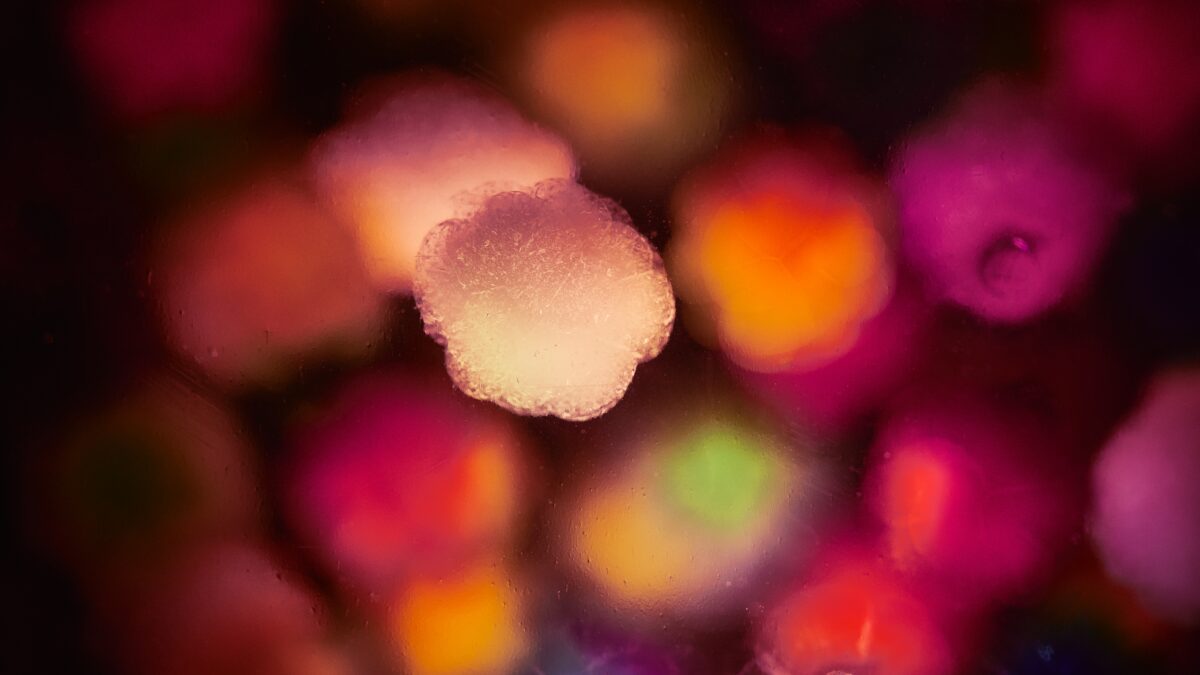Is Lanolin an Allergen?
Lanolin, an emollient and moisturizer, has been called a paradoxical allergen. The potential for lanolin to cause contact allergy in humans has been well documented in the literature, and the phenomenon of lanolin allergenicity is the focus of the Contact Allergen of the Year article in the peer-reviewed journal Dermatitis®. Click here to read the article now.
Lanolin and its derivatives are widely used in cosmetics and pharmaceuticals designed for topical use on skin, lips, nails, and hair, and as an ocular emollient. They also have many industrial uses. Lanolin’s allergenicity remains controversial, and appropriate patch testing to detect lanolin allergy remains a topic of dispute.
Coauthors Blair Jenkins, MD, PhD and Donald Belsito, MD, MBA, from Columbia University Irving Medical Center, examine how common lanolin allergy is in the general population, and what is the appropriate screening allergen for lanolin. Although they describe lanolin as a “weak sensitizer,” they identify special populations for which the concern for lanolin allergy may be greater. These include people with stasis dermatitis/chronic venous insufficiency, chronic leg ulcer, or perianal and genital dermatitis, patients with atopic dermatitis, children, and the elderly.
Editor-in-Chief of Dermatitis Anthony Gaspari, MD, from the Sidney Kimmel Medical College of Thomas Jefferson University, states that “Detection of lanolin allergy by patch testing is challenging because ‘allergic’ patients may tolerate lanolin on healthy skin yet develop contact dermatitis when products containing lanolin are used on inflamed skin. This article succinctly describes the properties of this fascinating allergen and the challenges of confirming the diagnosis of lanolin allergy.”
______________________________________________________________________________________________________________
Full bibliographic information
Published on 30/01/2023 by Mary Ann Liebert, Inc., Publishers
To cite this article:
Blair A. Jenkins and Donald V. Belsito. Lanolin. Dermatitis®.Feb 2023.4-12.http://doi.org/10.1089/derm.2022.0002





